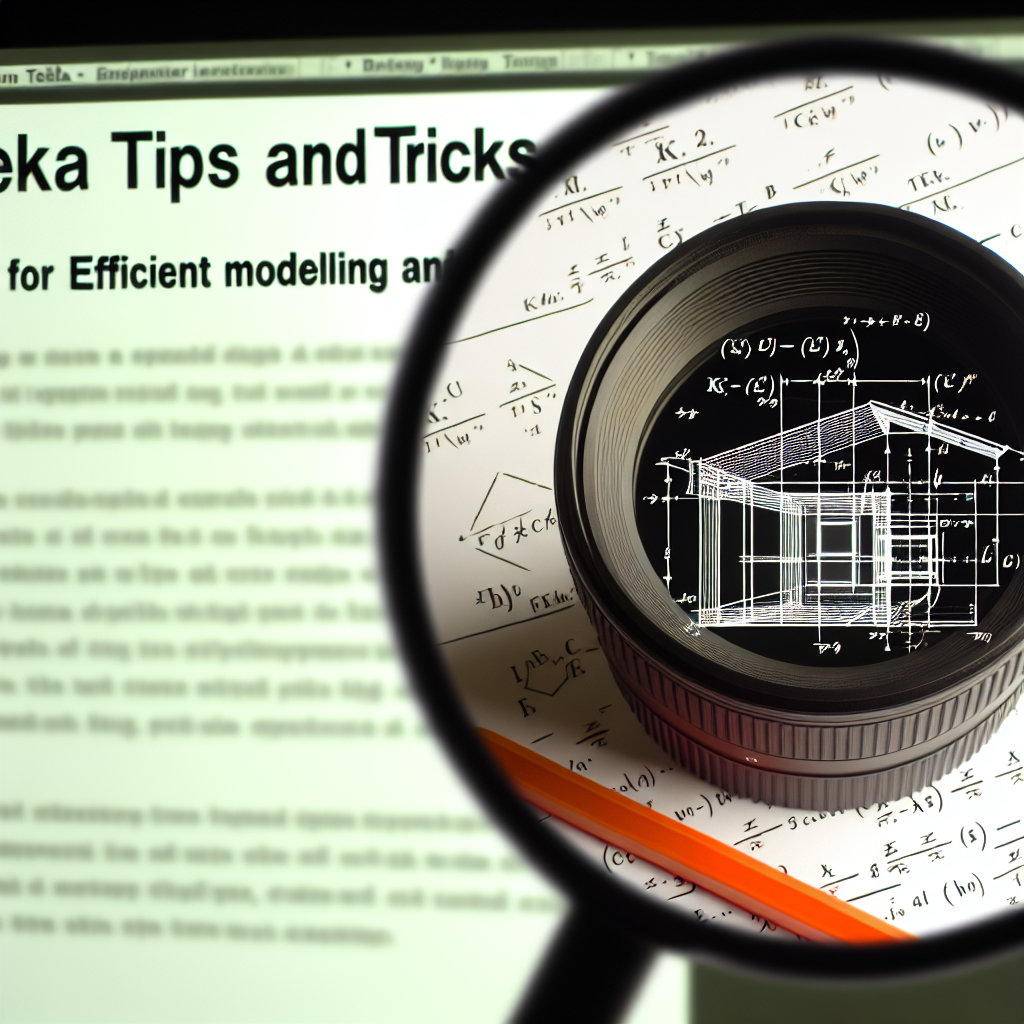Are you looking to enhance your Tekla Structures skills? In this article, *Tekla Tips and Tricks with Brian*, we will explore essential strategies for modeling, drawing, utilizing reference models, and optimizing performance. These insights will help you work more efficiently and produce higher-quality projects in Tekla. Let’s dive into practical tips to elevate your Tekla experience.
Mastering Modeling and Drawing Efficiency in Tekla
To speed up your modeling process and produce precise drawings, it’s crucial to leverage Tekla’s powerful tools effectively. Brian recommends starting with **templates and reusable components** to standardize your workflow. For instance, create custom part templates for repetitive elements, which can significantly cut down modeling time. Additionally, using **automated drawing generation** allows you to produce detailed, accurate drawings with minimal manual intervention.
Another tip is to optimize your **modeling workflows** by utilizing **multi-user environments and reference models**. These features enable collaborative work, where different team members can work on separate sections without conflicts, maintaining consistency across the project. Mastering the use of **snap points** and **alignment tools** also ensures your models are precise and conform to project specifications.
Reference Models and Performance Optimization
Utilizing reference models effectively can streamline complex projects. Brian emphasizes **linking reference models** instead of importing large datasets directly into your active model. This practice improves **performance** by reducing model file size and load times, especially in large-scale projects. When working with reference models, ensure they are **properly organized and named**, facilitating easy updates and collaboration.
Performance can be further optimized by managing **model complexity**. Turn off unnecessary visualizations and hide layers or objects that are not currently needed. Regularly **clean up your models** by removing unused objects and duplications. Additionally, consider hardware upgrades such as increased RAM and SSD storage, which significantly enhance Tekla’s responsiveness. Utilizing **performance profiles** within Tekla and adjusting settings accordingly can make your work smoother and more productive.
Final Thoughts
In summary, mastering Tekla Tips and Tricks with Brian involves adopting best practices in modeling, drawing, reference management, and performance optimization. Using templates, reference models smartly, and managing model complexity are key to working efficiently. By implementing these strategies, you’ll elevate your Tekla workflows, produce high-quality drawings, and achieve better project outcomes. Happy modeling!
